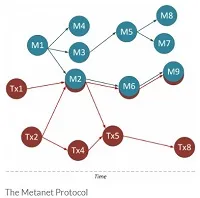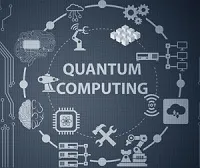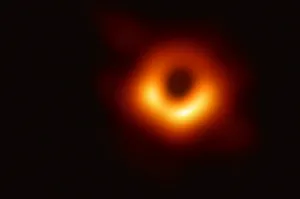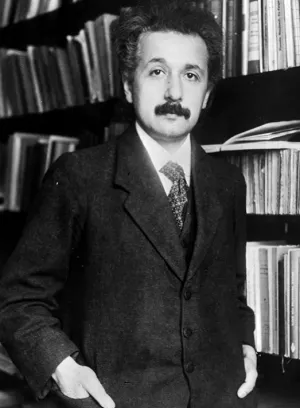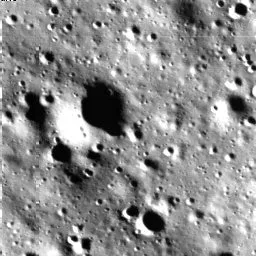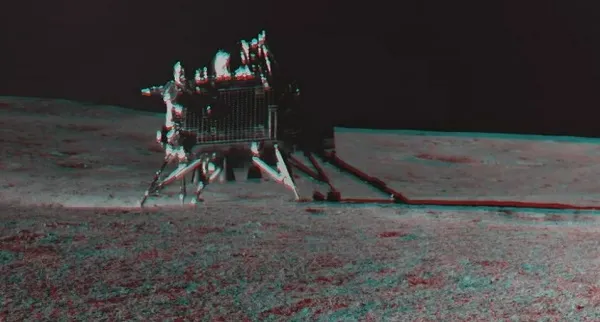
ISRO Chief S Somnath has stated that it is uncertain when communication would be established with the instruments on board Chandrayaan-3. ISRO updated the community, noting that it has attempted to contact the Vikram lander and Pragyan rover to determine their wake-up condition, but that no signals had been received as of this writing. The space agency did say, though, that it will keep trying to make contact. Chandrayaan-3 lander 'Vikram' landed on the lunar South Pole on August 23 after a 40-day voyage into space, making India the first nation to do so. After traveling more than 100 meters from the landing site of the lander Vikram on the lunar surface to the Shiv Shakti Point on September 2, the rover Pragyan was safely parked and put into sleep mode to endure the extremely cold environment near the south pole of the moon. Assuming the worst, the temperature would have been much below -150 degrees Celsius. On September 4 and 2, the lander and rover went into hibernation, respectively, in preparation for the upcoming lunar night on Earth's natural satellite.
The Vikram lander and Pragyan rover have had attempts made to contact them to determine their level of consciousness. There have been no transmissions from them as of yet. ISRO has stated that attempts to make contact will proceed. ISRO hopes to awaken the lander and rover from hibernation on September 23. The goals of the Chandrayaan 3 mission have been met. On September 2, however, as lunar darkness fell, the rover and lander were placed to sleep. The low temperature of the Moon's surface during a lunar night makes it unlikely that Chandrayaan3 can be successfully revived. After being exposed to that heat for 14 days, Vikram and Pragyan's equipment probably wouldn't work properly again.
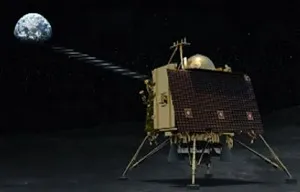
There is still a lot of data from Chandrayaan-3 to analyze, so this is not the final chapter. Whatever information the Vikram lander and Pragyan rover gathered will be analyzed. New scientific knowledge will be uncovered by researchers using this information. We'll keep trying to make contact. Contact with the lander and rover, according to a top Isro source, is "automatic" and cannot be prompted from Earth. Isro will be able to take action once the lander-rover begins sending back data. However, according to the source, the lander and rover's mission life of 14 Earth days has ended. The ex-ISRO chief stated, "We will have to wait and see if the wake-up call was effective. Now that the lunar day is about to begin, they must attempt to awaken quickly. Everything seems to be running smoothly, so everything will be all right. After touching down on the Moon, the Vikram Lander and the Pragyan rover went about their respective missions. Sulfur was detected, and the relative temperature was noted. As a result of Pragyan's journey, we now know that sulphur, iron, oxygen, and other elements are present on the moon. The ISRO head also mentioned that, with any chance, the rover and lander will be revived, allowing India to perform additional research on the moon.
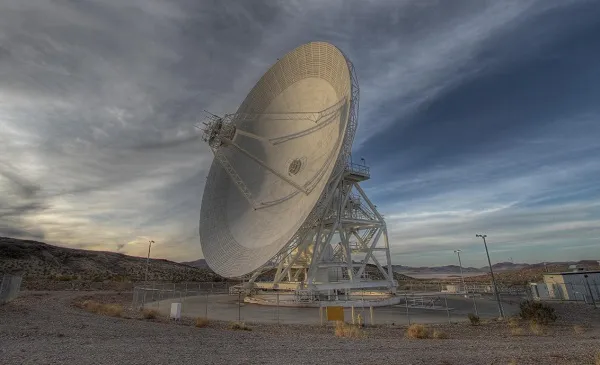
The European Space Agency's 15-meter antenna at Kourou, French Guiana, monitored Chandrayaan-3 in the days following its flight. The European Space Agency (ESA) arranged for tracking assistance from the UK's Goonhilly Earth Station antenna while the spacecraft retreated from the planet. The lander and thruster modules for Chandrayaan-3 were backed by Goonhilly. As part of its commitment to international cooperation, ISRO works with other space agencies like NASA and the European Space Agency. Their global network of tracking stations includes Hawaii's South Point Satellite Station, California's Goldstone, French Guiana's Kourou, Spain's Madrid, Britain's Goonhilly, and Australia's Canberra. These stations monitor Chandrayaan-3 throughout the clock from a variety of vantage points to make sure the spacecraft can be seen and directed safely to the moon. Chandrayaan-3's powered descent journey would not have been possible without the help of NASA's Deep Space Network. It has proven helpful for tracking purposes and telemetry. Deep Space Stations DSS-36 and DSS-34 at the Canberra Deep Space Communications Complex and Deep Space Station DSS-65 at the Madrid Deep Space Communications Complex carry out this crucial mission. Together, these stations provide the constant supervision and coordinated communication vital during the descent phase. India's third lunar mission was picked up by the European Space Agency's 35-meter deep space antenna in New Norcia, Australia. During the Lander Module's descent to the lunar surface, the New Norcia deep space antenna will offer tracking support.
Instruments can be warmed by the sun's rays, and their batteries can be recharged at the same time. There is a strong probability the system will come back online if these two things are taken care of. The 'Vikram' lander of the Chandrayaan-3 mission reached the lunar South Pole on August 23, marking a significant first for human exploration. After traveling more than 100 meters on the lunar surface from the Shiv Shakti Point, the rover Pragyan was placed with great care. If Vikram and Pragyaan don't reawaken, Isro says they'll remain on the Moon "as India's lunar ambassador." India is eager for the Chandrayaan-3 mission to resume so that more fascinating discoveries can be made. ISRO is looking forward to the 'Gaganyaan-1' mission after the success of the 'Chandrayaan-3' and 'Aditya-L1' missions.

